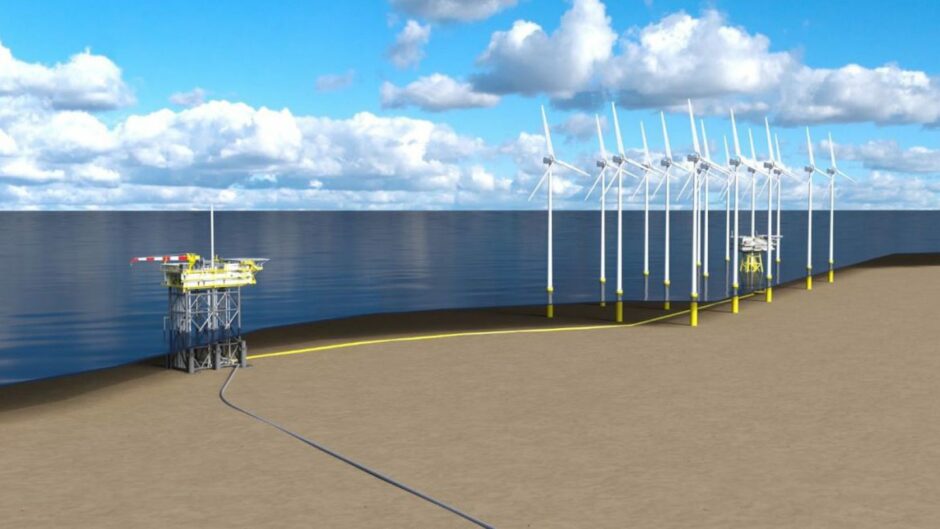
The Dutch Ministry of Economic Affairs and Climate has granted ONE-Dyas permission to develop the N05-A gas field in the North Sea, in a move that could unlock further small fields in the region.
The approval paves the way for gas production from N05-A and surrounding fields, and was granted under the government’s long-running “small fields” policy.
The licence is operated by ONE-Dyas (33%), alongside joint venture partners Discover Exploration (27%) and EBN (40%).
The newbuild N05-A platform will be located in the North Sea, about 12 miles north of the islands of Borkum, Rottumerplaat and Schiermonnikoog.
Crucially, the platform will run entirely on wind energy from the nearby Riffgat wind farm, a 113MW project in the German sector of the North Sea, with power delivered by a newbuild cable.
A successful hook-up to the offshore wind project would make the field amongst the first in the region to run entirely on offshore renewables, though several other efforts are also underway in the UK.
Plans include the drilling of up to 12 wells to tap resources of up to 60 billion cubic metres (bcm), according to reports in German press.
Test drilling is also planned for four adjacent prospects: N05-A Noord, N05-A Sudost, Tanzaniet-Oost and Diamant.
The field forms part of the ‘Gateway to the Ems’ project (GEMS), in reference to a shallow water area approximately 20 to 100 kilometres north of the mouth of the River Ems, which contains hundreds of small gas fields.
ONE-Dyas aims to deliver first gas from the N05-A project by the end of 2024.
ONE-Dyas chief executive Chris de Ruyter van Steveninck commented: “Project N05-A and the energy transition go hand in hand. The transition to 100% renewable energy takes time. Natural gas will still be part of the energy mix in the coming decades. As long as natural gas is still needed to heat our homes, it is our job to make sure it is as clean, affordable and reliable as possible.”
The approval comes as the Dutch government revises a strategy for the onshore Groningen field – still the ninth-largest gas field in the world.
With dwindling output, Groningen had been marked for closure this year, with minor capacity held in reserve until later in the decade.
In January the government announced it would nearly double output from 3.9bcm to 7.6bcm to ensure security of supply this year. However, May saw it reverse course, and it now has no plans to boost production.
Recommended for you
